Nestled in the heart of California’s Sierra Nevada mountains, Yosemite National Park is a testament to nature’s grandeur and the enduring human spirit. The origin story of Yosemite is one of ancient landscapes, indigenous cultures, and passionate conservation efforts that have shaped it into the iconic national park we know today.
Ancient Beginnings
Long before Yosemite became a national park, it was home to the Ahwahneechee people, a group within the Southern Sierra Miwok tribe who lived in the valley for thousands of years. The Ahwahneechee thrived in the region, utilizing the valley’s abundant resources and developing a deep spiritual connection with the land. Their name for the valley, “Ahwahnee,” means “big mouth,” a reference to the valley’s gaping entrance.
The Ahwahnechee people, like many Native American tribes, practiced sustainable land management techniques that were deeply intertwined with their cultural and spiritual beliefs. They used controlled burns to manage the forests, which helped to clear underbrush, promote the growth of certain plants, and reduce the risk of larger, more destructive wildfires. These burns also encouraged the growth of plants that were important for food, medicine, and materials.
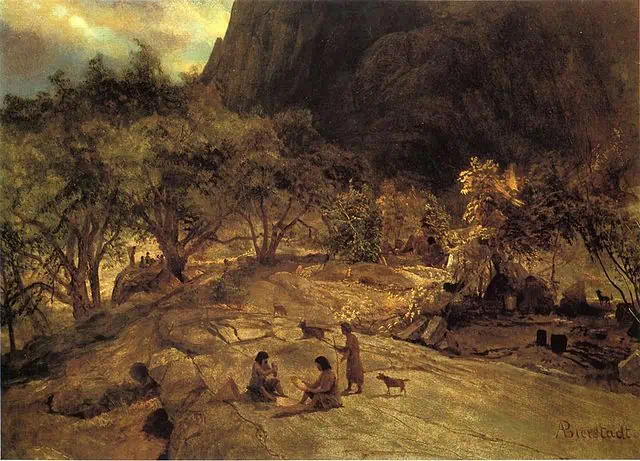
The Gold Rush and Conflict
The mid-19th century brought dramatic changes to Yosemite. The discovery of gold in 1849 led to an influx of miners and settlers, disrupting the lives of the Ahwahneechee. Tensions escalated, culminating in the Mariposa War of 1851. During this conflict, the Mariposa Battalion, a group of volunteer militia, entered Yosemite Valley, marking the first recorded visit by European Americans.
The number of Native Americans killed in the conflict is not well-documented. However, it is well known that the influx of settlers resulted in significant loss of life and displacement for the Ahwahnechee and other indigenous groups in the region. The Mariposa Battalion’s leader, James D. Savage, is often credited with “discovering” Yosemite, despite it having been inhabited by Native Americans for millennia.
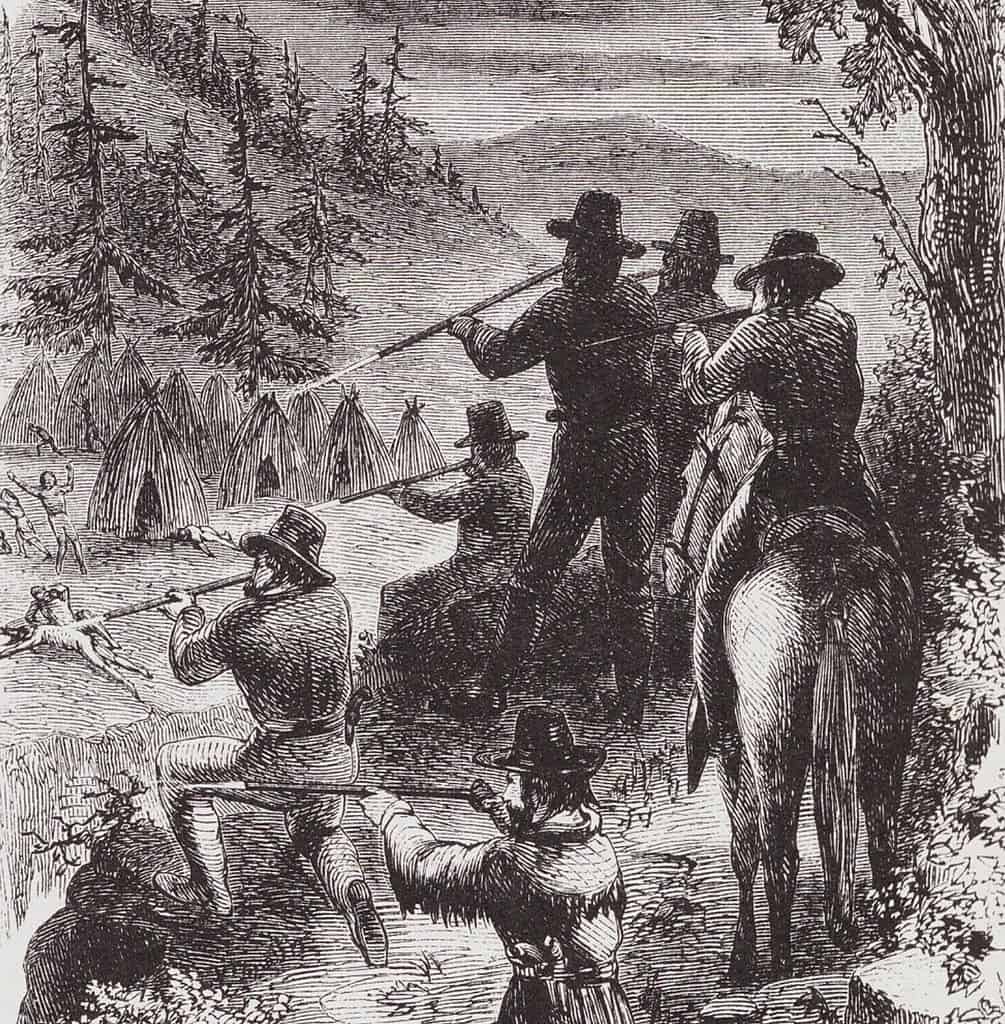
The Birth of Conservation
The beauty of Yosemite Valley soon captured the imagination of early visitors. Among them was Galen Clark, who arrived in 1857 seeking a cure for his tuberculosis. Clark was so moved by the landscape that he dedicated his life to its preservation, becoming Yosemite’s first guardian. His efforts, along with those of other early conservationists, laid the groundwork for the park’s future.
In 1864, President Abraham Lincoln signed the Yosemite Grant Act, which set aside Yosemite Valley and the Mariposa Grove of giant sequoias for public use and preservation. This landmark legislation was the first time the U.S. government had protected land for its natural beauty, setting a precedent for the creation of national parks.
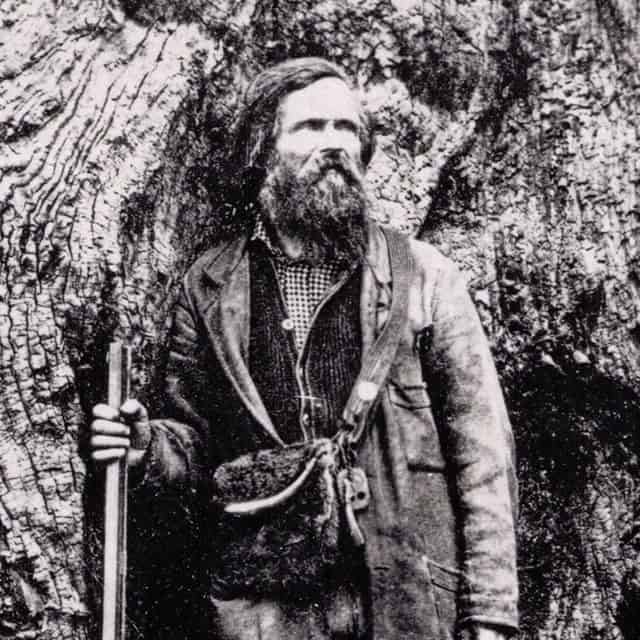
John Muir and the Push for National Park Status
One of the most influential figures in Yosemite’s history is John Muir, a Scottish-born naturalist and writer. Muir first visited Yosemite in 1868 and was immediately captivated by its splendor. He spent years exploring the park, writing about its wonders, and advocating for its protection. Muir’s eloquent writings and passionate advocacy brought national attention to Yosemite and the broader conservation movement.
Muir’s efforts culminated in the establishment of Yosemite National Park in 1890. The park initially included the high country surrounding Yosemite Valley and the Mariposa Grove, while the valley itself remained under state control. Muir continued to campaign for the valley’s inclusion in the national park, which was finally achieved in 1906.
Before the National Park Service was established, the U.S. Army played a crucial role in protecting Yosemite. From 1891 to 1914, the Army managed the park, enforcing regulations and preventing illegal activities such as poaching and logging. The soldiers stationed at Yosemite, known as the “Buffalo Soldiers,” were among the first African American troops to serve as park rangers.
In 1916, the National Park Service (NPS) was created to oversee the growing number of national parks, including Yosemite. The NPS brought a more structured approach to park management, focusing on both preservation and public enjoyment. Under the leadership of figures like Stephen Mather and Horace Albright, the NPS worked to improve infrastructure, build visitor facilities, and promote the parks to a wider audience.
Yosemite has faced numerous challenges over the years, from natural disasters like wildfires and floods to the pressures of increasing tourism. Despite these challenges, the park has remained a symbol of natural beauty and a haven for wildlife. Efforts to preserve and protect Yosemite continue to this day, with ongoing projects to restore natural habitats, reduce human impact, and educate visitors about the importance of conservation.
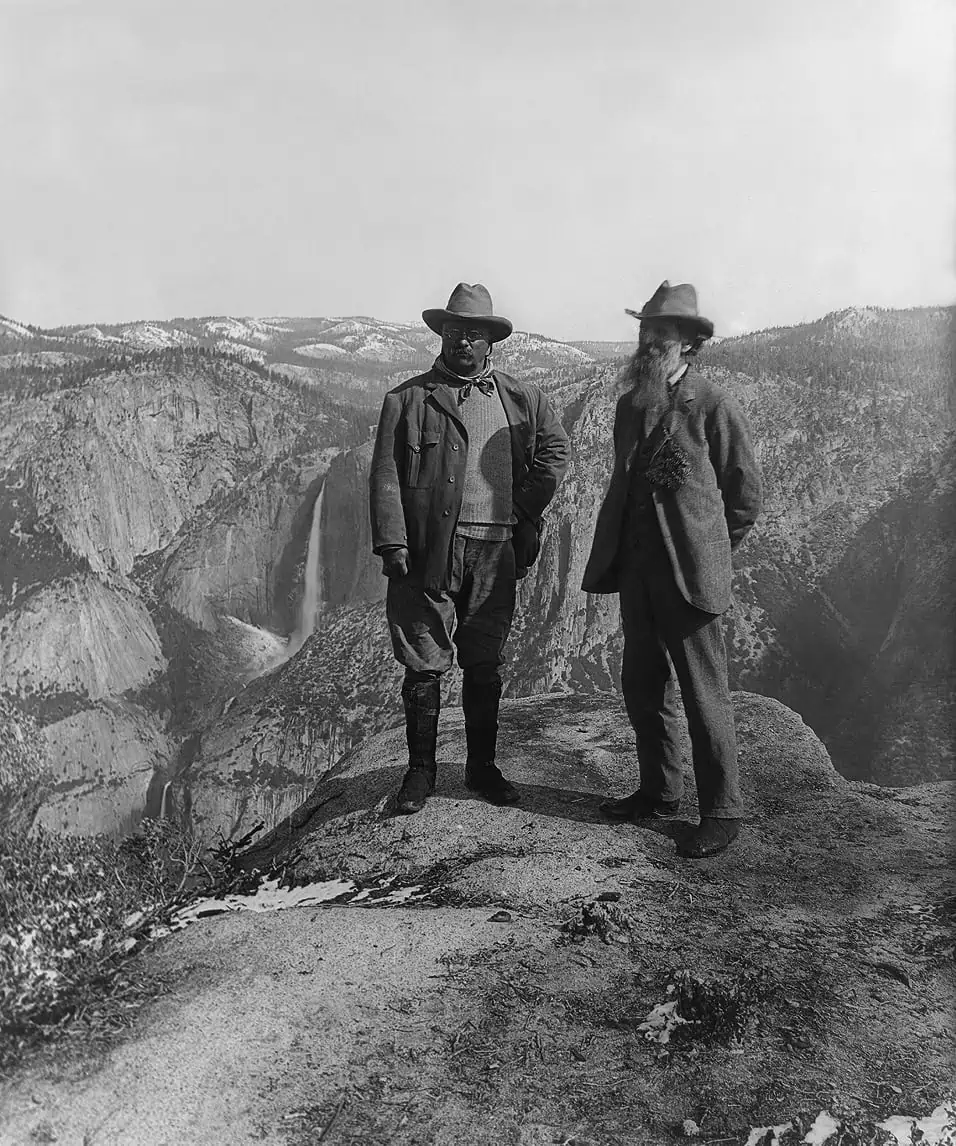
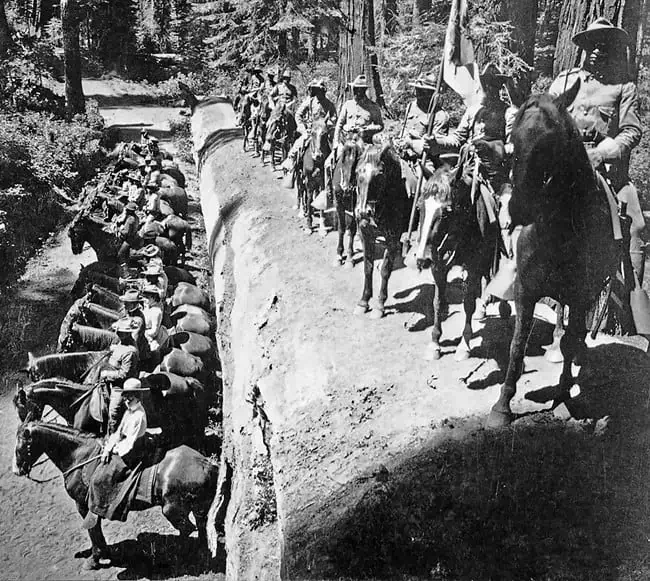
Top photo of the Yosemite Valley by SwissMediaVision/iStock

